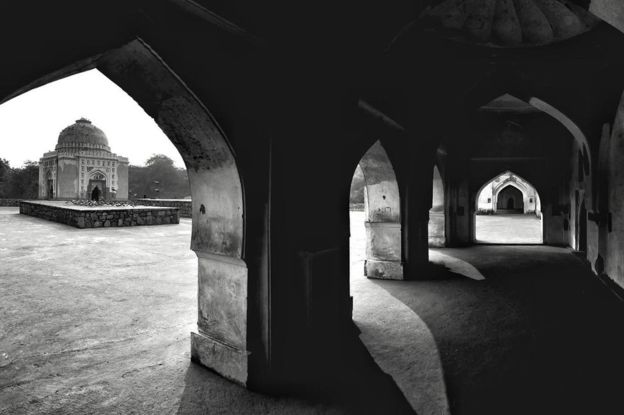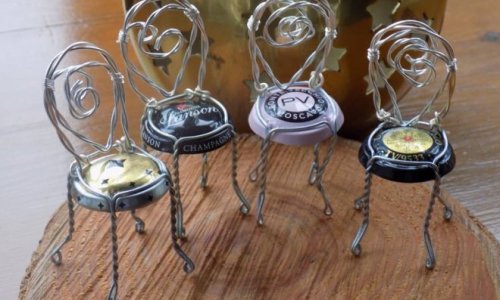Author and historian William Dalrymple has recently published The Writer's Eye, a collection of black and white images taken during his travels around the world over the past 18 months. Here, he describes how he rediscovered his passion for photography.
Photography for me long preceded writing. In fact, it is in my blood.
My Kolkata (formerly Calcutta)-born, part-Bengali great great aunt was Julia Margaret Cameron, one of the greatest photographers of the 19th Century.
A force of nature, she would waylay anyone, and rarely took no for an answer.
Taking shots to illustrate Alfred Lord Tennyson's Idylls of the King, Victorian politicians such as William Ewart Gladstone and Benjamin Disraeli, as well as Tennyson, Charles Darwin and the great artists and writers of early Victorian London would be draped in rugs and tinsel crowns and made to pose as King Arthur.
Their wives, servant girls and stray passers by - willing and unwilling - would be dressed up as Queen Guenevere or the Lady of the Lake.
As a child in Scotland, I used to leaf through her portraits in the albums we had at home and envy the world she had created and her ability to make such luminous, telling and painterly portraits with a camera.
I have taken photographs since I was first given a tiny Kodak for my seventh birthday, but when I was 15, I was left some money by a relation and spent it on a fabulous Contax 35mm SLR with a pin-sharp Carl Zeiss T* lens.
For the next five years, I spent much of my time in the school dark room, emerging after several hours stinking of fixer, with water-logged hands, and developer splashed all over my clothes, but clutching a precious sheaf of prints.
I always preferred black and white, partly because it allowed me to develop and edit my own prints; but mainly because black and white seemed a much more daring and exciting world, full of artistic possibilities.
"Black", wrote [French artist Henri] Matisse - a man who knew something about colour - "is a force", and I have always believed that black and white has a visceral power that colour can never match.
As a teenager, I spent a lot of time leafing through photographic books and particularly admired the bleak and grainy war photography of Don McCullin and the landscape work of Fay Godwin.
But my real hero was Bill Brandt, whose darkly brooding images were marked by a stark chiaroscuro, a strongly geometrical sense of composition, a whiff of the surreal and a taste for the uncanny and unsettling.
In time, however, writing took over from photography as my artistic outlet, and my precious Contax came to languish unused in its bag in a cupboard.
It is only in the last 18 months, since I jettisoned my last Blackberry for a Samsung Note, that I have rediscovered my passion for photography.
I now have an excellent little camera tucked away permanently in my back pocket.
Discovering Snapseed edit suite last winter has allowed me to produce the sort of grainy black and white images I love best for the first time in 25 years.
And these days, advances in technology mean that I can produce this work without covering myself with chemicals.
The primary inspiration has been my travels, and this collection is a record of a restless year, between books, when I took the opportunity to visit some of the world's most remote places, especially in Central Asia.
Through all these travels, I carried my humble Samsung mobile phone.
I get a particular pleasure out of the immediacy and the lack of pretension inherent in using a mobile phone to record the world around me.
(BBC)









www.ann.az
Follow us !











